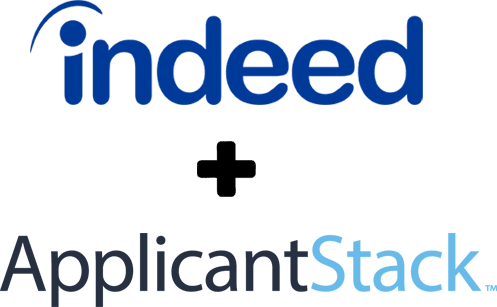Salary is one of the first details job seekers look for in a posting. Along with education and experience requirements, compensation immediately determines if someone will apply for the job or move on to the next one. Common practice has been for companies to put off salary discussions until it was time for an offer. Some prefer to present a large salary range in the job listing. Shifts in the job market have seem greater movement towards salary transparency, with some states even requiring it by law.
What Is Salary Transparency?
Salary transparency is the act of openly discussing wages in job postings, in interviews, and as a part of company culture. As recently as 1953, discussing salaries openly within the company or with others outside such as the news media could be a punishable offense. The National Labor Relations Act was passed that year to protect a worker’s ability to “discuss wages in face-to-face conversations, over the phone, and in written messages. Policies that specifically prohibit the discussion of wages are unlawful.”
While companies do have some ability to limit wage discussion on social media under electronic use policies, it’s unlawful for a company to retaliate against a person for communicating about salary. They also cannot have any rules in place that prohibit those conversations.
Why Does Salary Transparency Matter?
As part of the ongoing effort supporting employment equity, several states have passed laws that require salary range as a part of job postings. Emerging data from these efforts shows, at minimum, that women benefit from salary transparency. As of March 2023, California, Washington, Nevada, Colorado, Rhode Island, Connecticut, New York, and Maryland had enacted salary transparency laws. Fifteen more states are considering adding them in upcoming legislative sessions. Each state has its own job posting requirements. Some demand a list of all benefits, while others want to see just a salary range.
Gathering data to these laws’ effects will take some time. But according to The Center for American Progress, a recent (though limited) study analyzed Colorado’s pay transparency law. After its passage, the state’s labor force participation rate increased compared with the labor force participation rate of nearby Utah. Since the Beehive State has similar demographics and economic characteristics, it served as a good comparison. In a competitive labor market where companies are looking to cut through the noise and find the best candidates, salary transparency may be a promising solution.
Including Salary Detail in Job Listings
To new generations of workers, perceiving salary as a taboo topic is an unpopular stance. Recent data from The Society of Human Resources Management shows that a whopping “80% of U.S. workers are more likely to consider applying for a position if the pay range is listed in the job posting.”
Whether companies see this as a burden or an opportunity is up to them. Secrecy around salaries not only affects new hires, but current employees too. A company culture that discourages open discussion may be banking on an underpaid employee not realizing that their position is worth more than they are making. This can dramatically affect employee retention along with hiring replacement workers who find that practice distasteful.
Employers who are feeling adrift with new regulations and practices can take some comfort in the nuances of the discussion. SHRM points out that pay equity is about fairness. Fairness accounts for differences between people that are nondiscriminatory. Examples include special skills, years of experience, education, and location. Employees don’t have access to all the data and information available to HR. There are legitimate reasons to offer different salaries to different workers. It’s important to spend time documenting these reasons and make sure they are fair and easy for other employees to understand.
Benefits of Including Salary Range in Job Postings
- Preparedness: Including salary information in job postings allows hiring managers to make these decisions in advance of the first candidate walking into the interview. It encourages scrutiny of past salary practices and adopting legally compliant policies (where applicable).
- Trust: Transparent salary information fosters trust between job candidates and existing employees. As companies post job information on popular websites and social media, good and bad information can make its way to both potential and current workers. Extending this courtesy to both groups is vital for filling positions and job retention.
- Quality: SHRM found that 66 per cent of companies who include salary information in job postings said the quality of their candidates improved, along with 70 per cent who said the number of their applications increased. A high caliber applicant pool saves you time and money.
- Stand Out: Part of an employee’s compensation package is perks and benefits. If your small business feels like it can’t compete with larger companies from a salary perspective, you can list available perks that make your company culture unique. Examples include a gym membership, flexible work hours, or a generous PTO or holiday policy. For some workers, those benefits will outweigh the potential of a higher salary.
- Productivity: If your company offers compensation that’s tied to performance, transparency makes it clear how employees can achieve their highest level of salary. It can foster healthy competition between employees who do a similar job. Secrecy can have the opposite effect, as gossip can discourage employees from doing their best work.
If your company has adopted salary transparency as a best practice, ApplicantStack can help. You can fill in the salary or salary range in every job listing for quick internal reference and to easily populate top job boards. Enjoy the peace of mind that comes with complying with local regulations and recruiting the best possible candidates for your company.
- Unlock Success With Expert Candidate Screening Strategies - April 30, 2024
- 3 Tips to Improve Communication with Applicants - April 26, 2024
- Understanding Contract-To-Hire and How It Works - April 23, 2024











